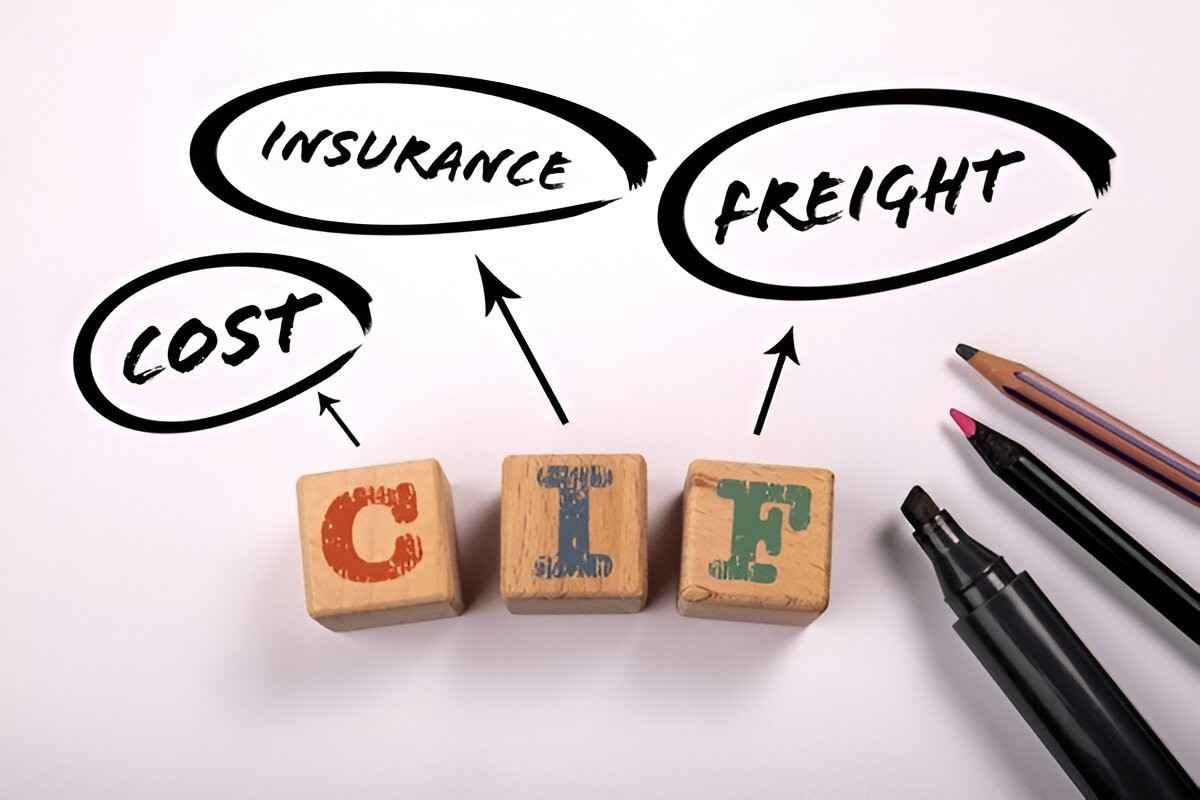Cost, Insurance, and Freight (CIF) is an international trade term used in shipping contracts to specify which party is responsible for the costs and risks associated with transporting goods from the seller to the buyer. CIF includes the cost of the goods, marine insurance, and freight charges to the designated port of destination.
Table of Contents
Importance of CIF
Clarity in Responsibilities
CIF terms clarify the division of responsibilities between the seller and the buyer regarding the shipment of goods, including costs and risks.
International Trade Compliance
CIF terms ensure compliance with international trade regulations and standards for shipping goods across borders.
Cost Management
By including insurance and freight charges, CIF helps in managing costs associated with transporting goods internationally.
Components of CIF
Cost of Goods
The cost of goods refers to the price of the goods that the buyer pays to the seller, including manufacturing or procurement costs.
Insurance
Insurance covers the risk of loss or damage to the goods during transit. The seller usually arranges insurance coverage for the buyer’s benefit.
Freight
Freight includes the cost of transporting the goods by sea or other modes of transport to the agreed port of destination.
Example of CIF
Scenario:
Company A, based in Country X, agrees to sell 1,000 units of a product to Company B, located in Country Y, under CIF terms. The unit price is $10, and CIF costs are estimated as follows:
- Cost of goods: $10,000 (1,000 units × $10)
- Insurance: $500
- Freight: $1,000
Calculation:
The total invoice amount under CIF terms would be:
Risks and Responsibilities
Seller’s Responsibilities:
- Delivery: The seller is responsible for delivering the goods to the port of shipment and arranging transportation to the port of destination.
- Insurance: The seller must procure marine insurance to cover the goods during transit.
Buyer’s Responsibilities:
- Import Customs: The buyer is responsible for clearing the goods through customs upon arrival at the destination port.
- Risk After Delivery: Once the goods are delivered onto the vessel, the buyer assumes the risk of loss or damage.
Advantages of CIF
Simplified Logistics
CIF terms simplify the logistics of international trade by specifying clear responsibilities for shipping and insurance arrangements.
Cost Predictability
Buyers benefit from predictable costs, as CIF terms include all necessary expenses up to the port of destination.
Risk Management
Insurance coverage under CIF terms helps mitigate the risk of loss or damage during transit, providing peace of mind to both parties.
Conclusion
Cost, Insurance, and Freight (CIF) terms are integral to international trade, defining the financial and logistical responsibilities between sellers and buyers for shipping goods across borders. Understanding CIF terms is crucial for managing costs, complying with trade regulations, and protecting against risks associated with international transportation. By adhering to CIF terms, businesses can facilitate smoother transactions and ensure the safe and efficient delivery of goods to global markets.





